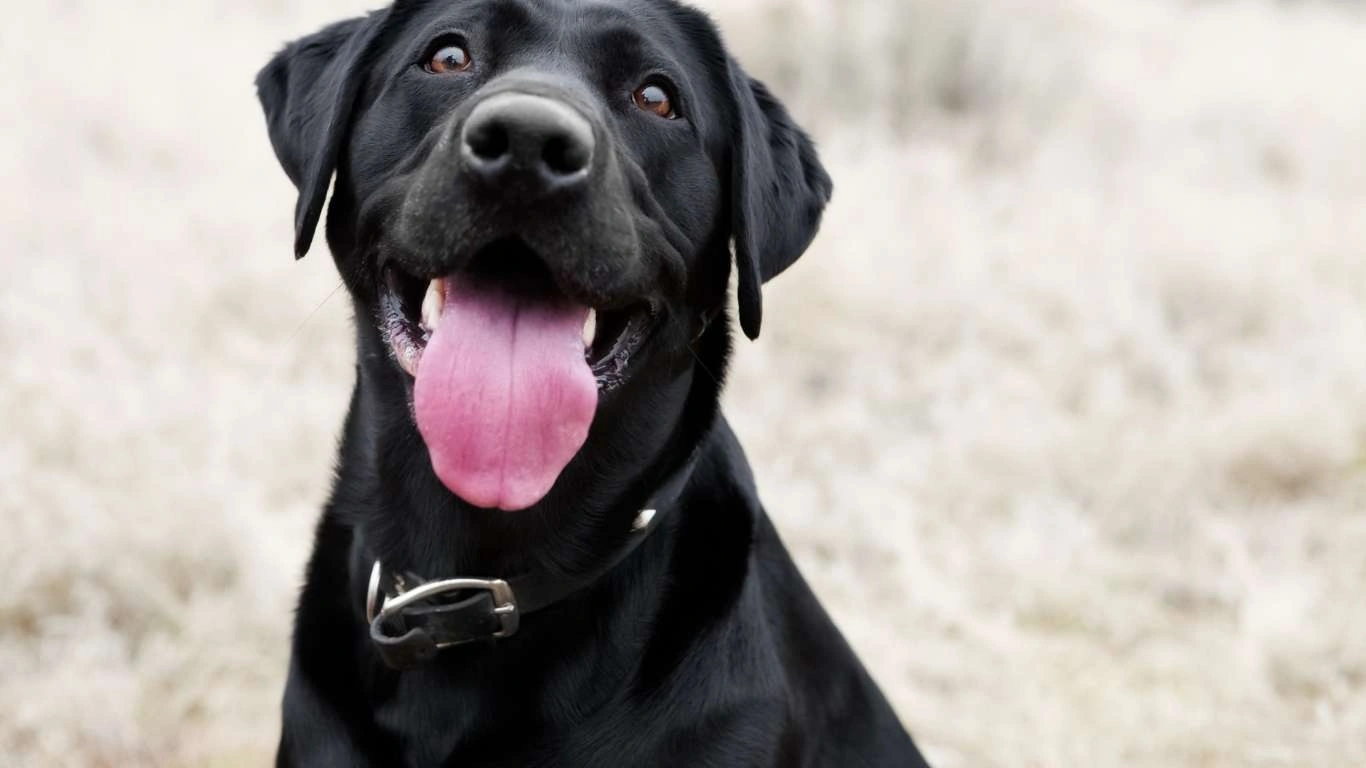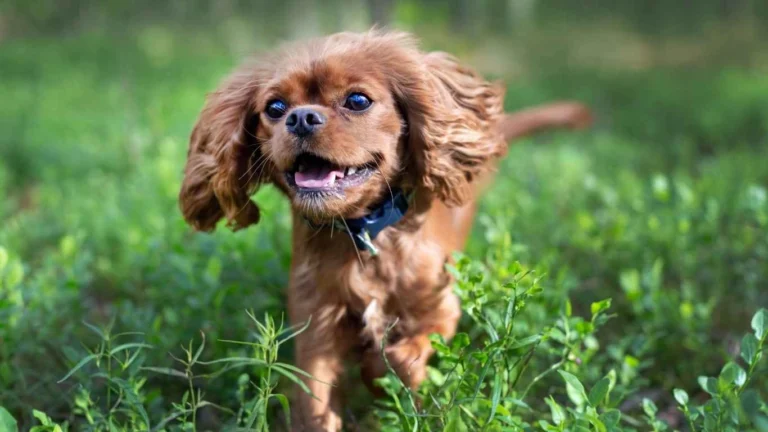Best Diet for Dogs with High Prey Drive: Fuel Their Energy Naturally
As an Animal Care Specialist, one of the most common questions I get asked by pet owners, especially those with dogs that have a high prey drive, is about the best diet for dogs with a high prey drive. It’s a crucial question because feeding your dog the right diet can significantly impact their energy levels, behavior, and overall well-being. Whether you’re dealing with a sighthound, herding breed, or a working dog, these dogs require more than just the basic kibble. They need a nutrition plan that supports their unique instincts, stamina, and muscle structure. From my experience in pet care, I’ve seen firsthand how diet can make all the difference in the world for these high-energy, highly driven breeds. So, let’s dive into the world of canine nutrition and discover how the right diet can help your dog lead a healthier, more balanced life.
Why a High Prey Drive Impacts a Dog’s Diet
Before we get into the specifics of what to feed a dog with a high prey drive, it’s important to understand why these dogs have different nutritional needs. A dog with a high prey drive is not your average pet. These dogs are wired to hunt, chase, and even track prey, which means they often have higher energy levels and muscle mass than more laid-back breeds. A prey-driven dog burns calories faster and has more intense physical needs. If their diet doesn’t match these needs, they may become anxious, hyperactive, or even develop behavioral issues.
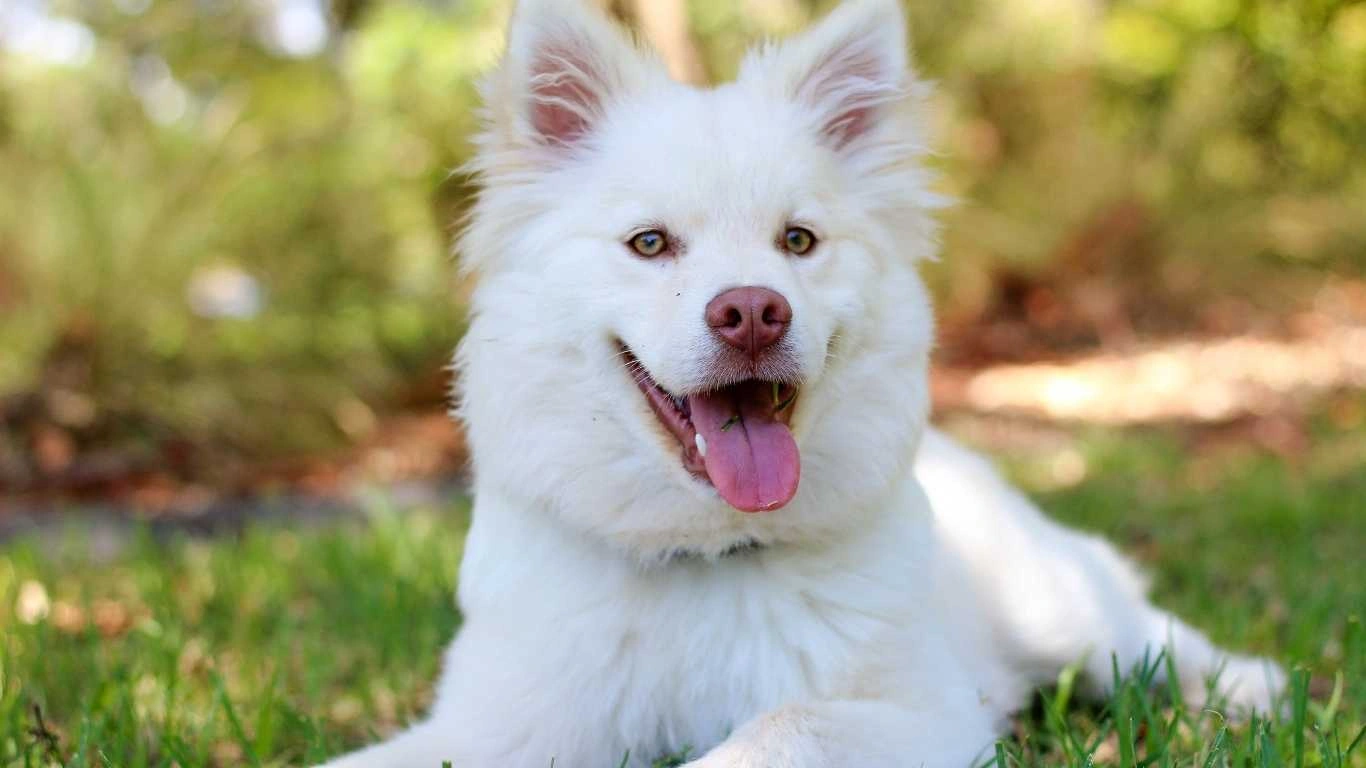
The Role of Protein in Their Diet
Protein is the cornerstone of any diet for a dog with a high prey drive. These dogs are natural hunters, and just like wild animals, their bodies require a higher protein intake to fuel their muscles, support recovery after exercise, and maintain their energy levels. In fact, protein should be the number one ingredient in their food.
- Muscle development: Dogs with high prey drives tend to have more muscle mass than others. Protein helps in the development and repair of muscle tissue.
- Energy levels: Protein is a key component in providing long-lasting energy. These dogs are on the go, and protein helps keep them fueled throughout the day.
- Recovery: After a long play session or intense training, protein helps repair any muscle damage and aids in faster recovery.
Good sources of protein include high-quality animal meats such as chicken, beef, turkey, and fish. You’ll want to avoid food with low-quality fillers or meat by-products, as these don’t offer the same nutritional value. In my experience, feeding your dog protein-rich meals will help them feel more satiated, focus better, and stay healthier overall.
Fat: A Vital Energy Source
Next up, fat! It’s often misunderstood in dog food discussions, but for dogs with a high prey drive, fat is just as essential as protein. These dogs need an abundant source of healthy fats to sustain their intense physical activity. Fats provide concentrated energy, which is perfect for high-energy dogs that are constantly on the move. If you’re seeing your dog seem tired or sluggish despite high levels of activity, it might be a sign that they aren’t getting enough fats in their diet.

- Omega-3 and Omega-6 fatty acids: These healthy fats are great for promoting a shiny coat, healthy skin, and reducing inflammation. Dogs with high prey drives often get cuts or scrapes from their high-intensity play, so these fats help with healing.
- Fatty acids: Essential for brain health and focus, which is important for dogs with a high prey drive who need to stay alert and sharp.
Look for fats sourced from animal fats or fish oils, like salmon oil, chicken fat, or beef tallow. These fats are not only good for energy but also support joint health, which is crucial for active dogs that run, jump, and play all day.
Why Carbohydrates Matter (But Not Too Much)
Carbohydrates are often a subject of debate in dog food circles. For dogs with high prey drives, carbs are needed in moderation to provide an easily digestible source of energy. Unlike humans who rely heavily on carbs for energy, dogs can process fats and proteins much more efficiently. However, a small amount of carbohydrates helps to maintain a balanced diet.
- Fiber: Carbohydrates, especially from vegetables and fruits, provide fiber, which supports healthy digestion and keeps your dog’s gut in good condition.
- Slow-release energy: While fats and proteins give quick energy, carbs can provide a steady, longer-lasting source of energy, perfect for those long days of play or work.
It’s important to note that not all carbs are created equal. Whole grains like sweet potatoes, oats, and brown rice are good options for a balanced diet. Avoid fillers like corn or soy, as they don’t provide much nutritional benefit and can even cause allergies in some dogs.
Common Health Concerns for Dogs with a High Prey Drive
In my years of working with dogs, I’ve noticed that dogs with a high prey drive are often prone to certain health issues, especially if their diet is not properly managed. These issues can range from obesity to joint problems, as these dogs tend to push their bodies to the limit. That’s why it’s essential to stay on top of their nutrition and adjust their diet accordingly.
Obesity
It’s a common concern among owners of dogs with a high prey drive. Because these dogs are so active, it’s easy to assume they can eat as much as they want, but that’s not always the case. Overfeeding, especially with high-calorie foods, can lead to obesity. While these dogs need more calories than others, it’s essential to balance their diet and ensure they’re not gaining weight unnecessarily.
- Keep an eye on portion sizes: Avoid free feeding, and stick to a feeding schedule to ensure they’re not overeating.
- Choose lower-calorie options: Look for foods that are specifically designed for active or working dogs to ensure you’re providing the proper fuel without the extra calories.
Joint Health
High prey drive dogs are often more prone to joint issues due to the heavy physical demands they put on their bodies. It’s crucial to support their joints with proper nutrition. Glucosamine and chondroitin are two common supplements that can help maintain healthy cartilage and prevent wear and tear. These supplements can be found in many high-quality dog foods, but it’s something to keep in mind when choosing their meals.
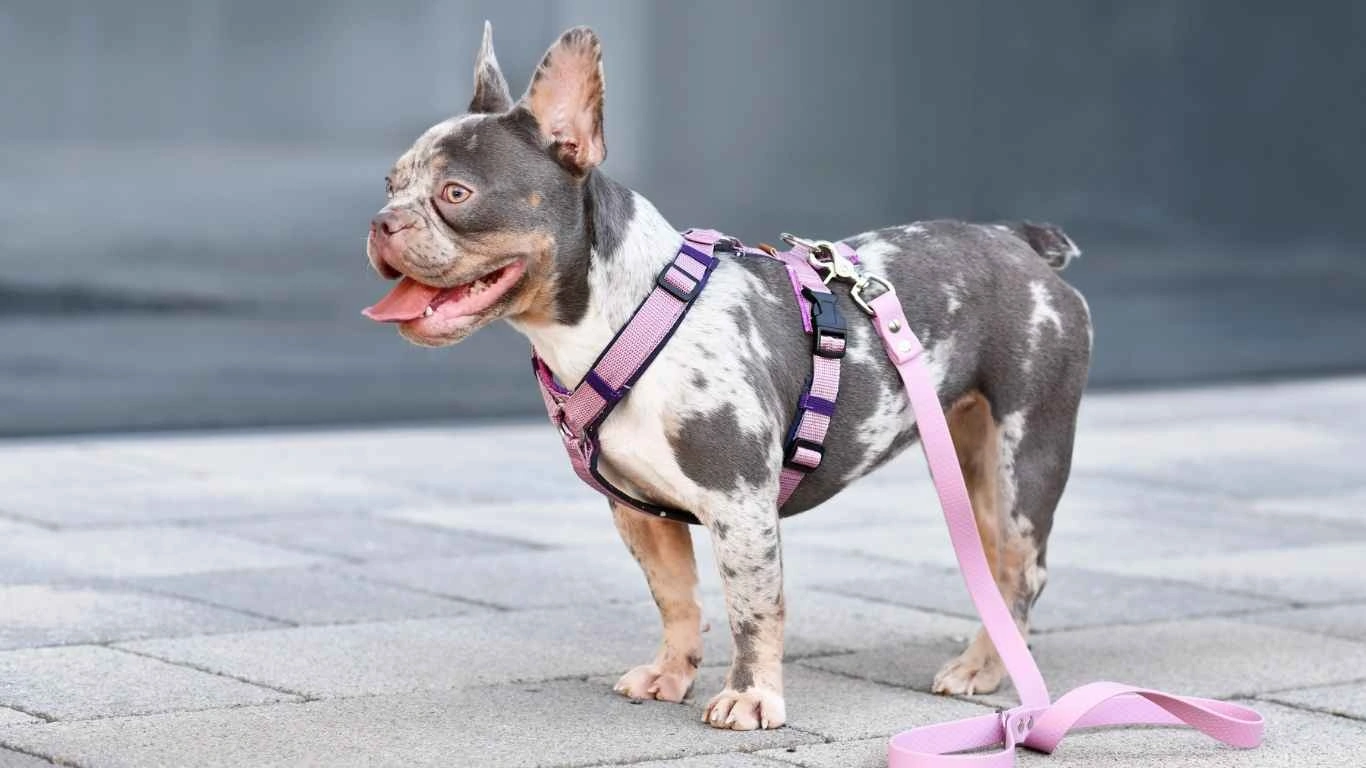
Overall, a diet that’s rich in quality proteins, healthy fats, and balanced carbohydrates can help keep a high prey drive dog in peak physical condition and prevent common health problems. As you work through your dog’s dietary needs, remember that every dog is unique, and what works for one dog might not work for another. So, don’t be afraid to adjust their meals based on their individual needs and consult your vet for the best options.
Supplements That Can Boost Your Dog’s Diet
When you’re feeding a dog with a high prey drive, sometimes a balanced diet isn’t enough. These dogs are naturally high-energy and have demanding physical needs, so supplementing their diet can help ensure they’re getting everything they need. From my experience, the right supplements can support everything from joint health to digestion, and even enhance their coat’s appearance.
Glucosamine and Chondroitin
If you’re raising a dog that’s constantly on the move or engaging in high-intensity activity, glucosamine and chondroitin should be on your radar. These two supplements are essential for joint health, which is especially important for dogs with a high prey drive that might be jumping, running, and sprinting regularly. They help maintain healthy cartilage and can even slow down the progression of joint degeneration.
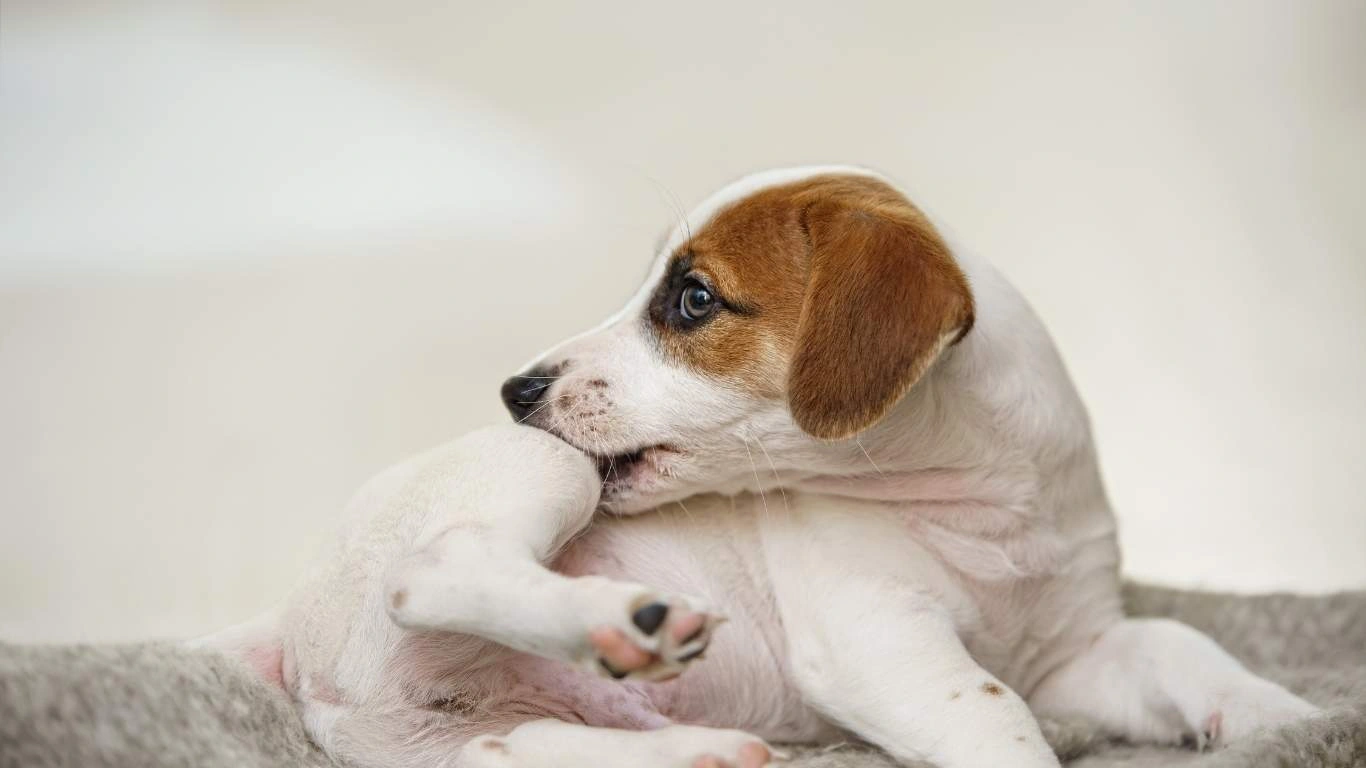
- Supports cartilage health: These supplements protect and repair the cartilage in your dog’s joints, which takes a beating from all that high-energy movement.
- Reduces inflammation: The anti-inflammatory properties of glucosamine and chondroitin can help keep your dog moving comfortably without pain.
If your dog is already showing signs of arthritis or joint discomfort, adding a supplement with glucosamine and chondroitin to their diet could work wonders. It’s something I recommend to all active dogs in my care, especially those that are always on the go!
Probiotics for Digestive Health
A healthy gut is essential for a dog’s overall well-being, and dogs with a high prey drive are no exception. Probiotics can be a great addition to their diet to ensure they’re absorbing all the nutrients they need from their food. From my time working in the pet care industry, I’ve seen how beneficial probiotics can be for dogs with sensitive stomachs or those that tend to experience digestive upset from the stress of training or play.
- Improves digestion: Probiotics help break down food and support nutrient absorption, which means your dog will get more out of their meals.
- Strengthens immune system: A healthy gut is key to a strong immune system, and probiotics help keep the balance of good bacteria in check.
Probiotic supplements are easy to find and can often be added directly to your dog’s food. But, if you’re looking for a natural way to incorporate probiotics into their diet, foods like plain yogurt, kefir, or fermented vegetables can also work well. Just remember to keep it in moderation to avoid upsetting their stomach.
Choosing the Best Dog Food for a High Prey Drive
Now that we’ve covered the key components of a high prey drive dog’s diet, let’s talk about how to choose the best dog food to match their needs. There are so many different options out there that it can feel overwhelming, but the goal is to find a high-quality food that’s designed specifically for their high energy and active lifestyle.
Look for High-Quality Animal Protein
When I’m helping clients choose the right food for their dogs, one of the most important things I stress is the importance of high-quality animal protein. Dogs are carnivores by nature, and protein is their primary source of fuel. High-quality animal protein sources like chicken, beef, turkey, and lamb are ideal. These meats are rich in the amino acids dogs need to build muscle and maintain energy.
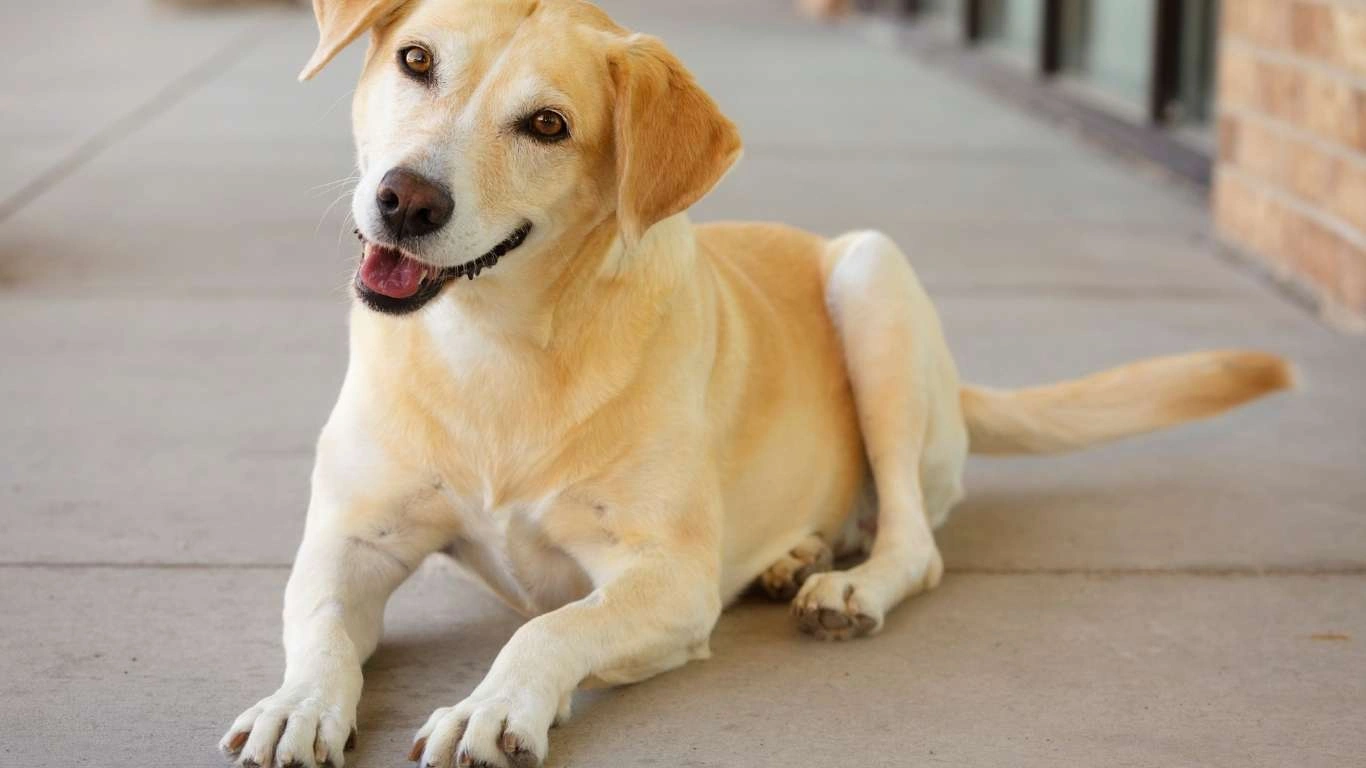
Some brands even offer specialized formulas for active dogs, such as those with higher levels of protein and fat to support their intense activity. Look for products that list the animal protein as the first ingredient, and steer clear of foods that rely on fillers like corn or soy, which aren’t nutritionally dense.
Choose Foods with Healthy Fats
In addition to protein, fats are a crucial part of the diet for dogs with a high prey drive. As I mentioned earlier, fat provides concentrated energy, which is perfect for high-energy dogs that need a steady fuel supply throughout the day. But, it’s important to choose the right kinds of fats—healthy fats that come from sources like chicken fat, fish oil, or flaxseed oil.
- Omega-3 fatty acids: Fish oil is an excellent source of omega-3s, which help reduce inflammation and promote heart health, while also contributing to a shiny coat.
- Omega-6 fatty acids: These fatty acids, often found in animal fats, support the skin, coat, and overall health of the dog.
Again, look for foods that use animal fats or fish oils instead of plant oils like canola or sunflower oil, which are less ideal for dogs with a high prey drive. These fats will not only fuel their energy needs but also contribute to their skin and coat health.
Grain-Free or Whole Grains: What’s Best for Your Dog?
The decision between grain-free and whole grain dog foods depends on your dog’s specific dietary needs. Some dogs with a high prey drive may do better on a grain-free diet, especially if they have sensitivities to grains like wheat or corn. On the other hand, whole grains like brown rice, oats, and sweet potatoes can be an excellent addition to their diet, providing slow-release energy and fiber.
Grain-Free Diet
Grain-free diets are often recommended for dogs with sensitivities or allergies to grains, but they can also be great for active dogs that need a more concentrated source of protein and fats. These diets tend to focus more on animal protein and healthy fats, with fewer carbohydrates from grains. If you choose a grain-free option, be sure to check that it contains a balanced mix of nutrients.
Whole Grains
Whole grains, when included in moderation, can provide a good source of fiber and help maintain your dog’s digestive health. Brown rice, quinoa, and oats are excellent choices for dogs that can tolerate grains, offering fiber and steady energy. Just be mindful of your dog’s digestive system—if they seem sensitive to grains, it’s best to avoid them.
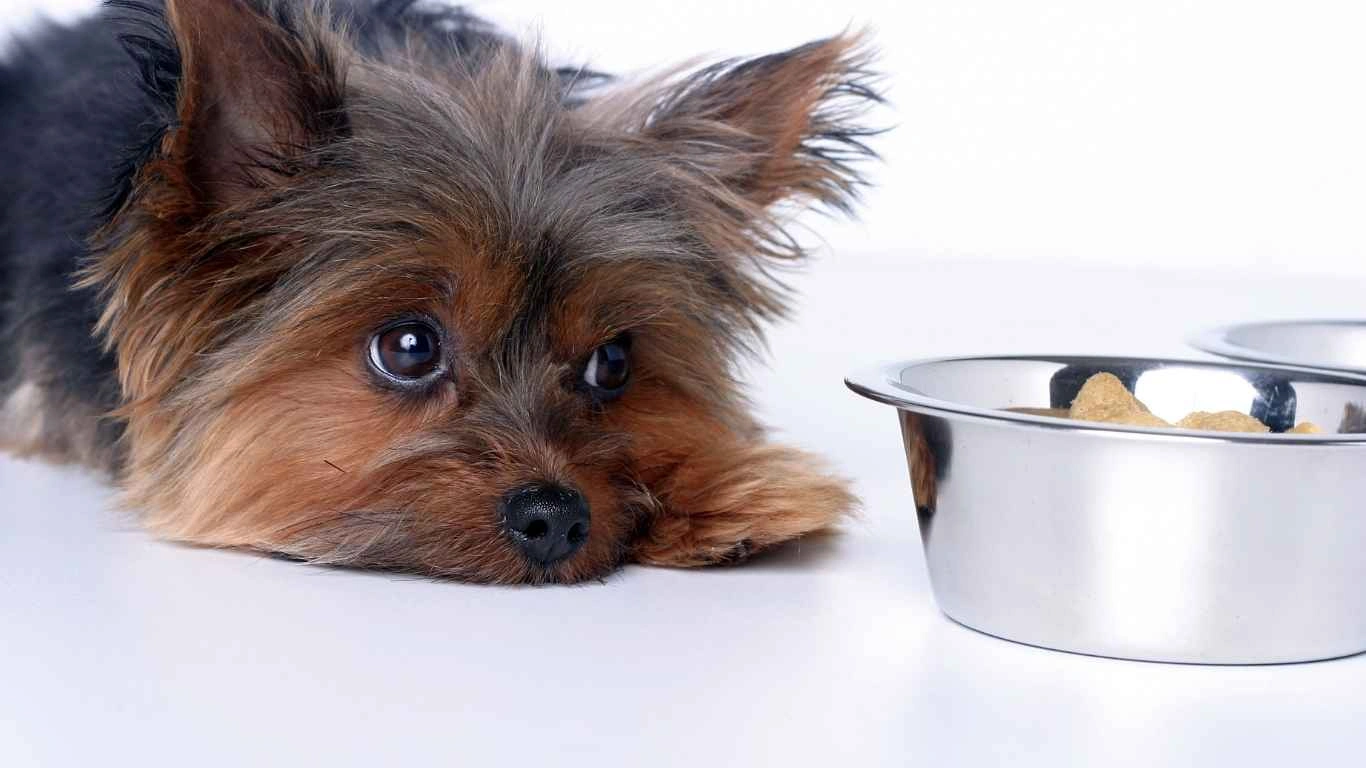
Ultimately, the best diet for your high prey drive dog will depend on their unique health needs and preferences. You’ll want to tailor their food to support their activity levels, overall health, and any sensitivities they might have. I always recommend working with a veterinarian to figure out the best approach to feeding your dog and to ensure they’re getting the right nutrients at the right levels.
Managing Your Dog’s Weight and Activity Level
Feeding a dog with a high prey drive goes beyond just choosing the right food. One of the most important aspects of their care is balancing their diet with their activity level to ensure they maintain a healthy weight. These dogs are naturally active and energetic, so finding the right balance can be a bit of a challenge. In my experience, it’s easy for active dogs to gain weight if their diet isn’t managed correctly. This can lead to health issues such as joint problems, heart disease, or even diabetes.
Calorie Control for Active Dogs
It’s tempting to overfeed these dogs because they seem to have bottomless appetites, especially after an intense training session or long walk. However, keeping track of their calorie intake is crucial to avoid weight gain. High-calorie dog foods that are packed with protein and fat can be great for fueling their energy, but if you don’t manage portions, your dog could end up gaining unnecessary weight.

- Adjust portions based on activity: If your dog is more sedentary one week, you might want to reduce their portions slightly to avoid weight gain.
- Monitor weight regularly: Weighing your dog every few weeks helps you keep track of their weight and determine if their diet needs adjustment.
It’s also helpful to feed your dog multiple small meals throughout the day, rather than one large meal. This keeps their metabolism active and helps prevent overeating. You can even mix in low-calorie, healthy snacks like carrots or green beans if your dog has a big appetite but needs to cut back on calories.
Exercise: Keeping Your Dog Fit and Engaged
Exercise is absolutely essential for dogs with a high prey drive. These dogs were bred to work hard, whether it’s herding, retrieving, or hunting. As a result, they require more than just a quick walk around the block. In my work with active dogs, I’ve seen how critical it is to incorporate varied forms of exercise into their routine.
- Interactive play: Dogs with a high prey drive thrive on interactive play like fetch or tug-of-war. These activities mimic the natural behaviors they were bred for and help them burn off excess energy.
- Agility training: Agility courses or structured training sessions provide both mental and physical stimulation, keeping your dog sharp and active.
These dogs need both physical and mental challenges to stay satisfied. A simple walk isn’t enough—they need to be engaged in activities that allow them to use their natural instincts. So, be sure to provide a variety of exercises to keep them mentally and physically fit.
Common Mistakes to Avoid When Feeding a Dog with High Prey Drive
As you start to refine your dog’s diet, there are a few common mistakes that I’ve seen people make time and time again. These mistakes can hinder your dog’s health, even if they’re on a seemingly “perfect” diet. Let’s take a look at some of these pitfalls and how to avoid them.
Overfeeding High-Calorie Foods
One of the most common mistakes is feeding too much high-calorie food. Just because a dog is highly active doesn’t mean they need to eat more than they burn. Overfeeding high-calorie foods designed for working or sporting dogs can quickly lead to weight gain. This is especially true if you’re feeding your dog treats in addition to their meals. The best advice I can give here is to read the feeding guidelines on your dog’s food packaging and adjust their portions based on their activity level. You can always consult your vet for the best feeding recommendations tailored to your dog’s needs.
Neglecting Hydration
Another mistake I’ve observed is neglecting hydration. High-energy dogs need a lot of water, especially when they’re on a high-protein, high-fat diet. I can’t stress this enough—always make sure fresh water is available to your dog, particularly after exercise. A dehydrated dog will struggle to digest food properly, and their energy levels will drop, which can affect their overall health. It’s a simple step, but it makes a huge difference.
- Always provide access to fresh water: Keep their water bowl full at all times, particularly if they are on a high-protein diet, which can make them thirstier.
- Encourage drinking after exercise: Dogs with a high prey drive often push themselves during play, so always offer them water after a workout.
References
If you’d like to learn more about dog nutrition and how to feed dogs with a high prey drive, there are some great resources available. Here are a few links to help guide you further:
- PetMD: Expert advice on dog health and nutrition
- American Kennel Club: Dog care and breed information
- Nutrish: Healthy dog food options
Disclaimer
While I’ve shared my professional experience and knowledge in this article, it’s important to note that every dog is unique. When making changes to your dog’s diet or activity routine, always consult with your veterinarian to ensure you’re making the best choices for their individual needs. This article is not meant to replace professional veterinary advice, and I recommend seeking tailored guidance for any specific concerns regarding your dog’s health or diet.
